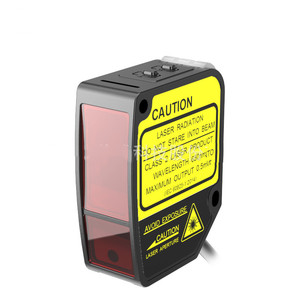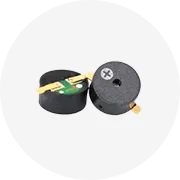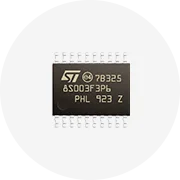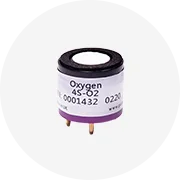Introduction to Digital Displacement Sensor
The digital displacement sensor is a sophisticated device designed to measure the displacement or position of an object with high precision. Unlike traditional sensors, these digital variants offer enhanced accuracy, stability, and ease of integration into various systems. They are widely utilized across several industrial applications, including automation systems, robotics, and automotive engineering.
Types of Digital Displacement Sensors
Digital displacement sensors come in various types catering to different needs and applications:
- Linear Displacement Sensors: Ideal for measuring straight line movements, these sensors find common use in manufacturing and assembly processes.
- Rotary Displacement Sensors: These sensors measure angular or rotational displacements and are often employed in motors and robotics.
- Capacitive Displacement Sensors: Suitable for non-contact measurements, capacitive sensors are great for high-resolution applications where precision is crucial.
- Inductive Displacement Sensors: Best for harsh environments, these sensors can withstand high temperatures and are ideal for heavy machinery.
Applications of Digital Displacement Sensors
Digital displacement sensors are versatile and can be applied in various sectors, including:
- Manufacturing: Used for quality control and monitoring during production lines.
- Aerospace: Essential for testing and calibrating components in aircraft systems to ensure safety and performance.
- Automotive: Incorporated in vehicle systems for efficiency, safety, and performance analytics.
- Robotics: Plays a critical role in providing feedback for robotic arms, ensuring accurate movements and tasks.
- Medical Equipment: Utilized for precise measurements in devices like MRI machines and surgical tools.
Features and Advantages of Digital Displacement Sensors
The efficiency of a digital displacement sensor is characterized by several key features and advantages:
- High Accuracy: Digital sensors provide enhanced precision compared to their analog counterparts.
- Real-time Data Processing: They offer immediate feedback, allowing for prompt decision-making and adjustments.
- Robustness: Many models are designed to operate in extreme conditions, ensuring reliability in challenging environments.
- Easy Integration: Digital sensors can be seamlessly integrated into existing systems and are compatible with various protocols.
- Low Maintenance: Their long-lasting components minimize the need for frequent servicing, reducing operational downtime.
- Compact Design: Many digital displacement sensors feature a small footprint, making them suitable for space-constrained applications.































































































































































































































































 浙公网安备 33010002000092号
浙公网安备 33010002000092号 浙B2-20120091-4
浙B2-20120091-4